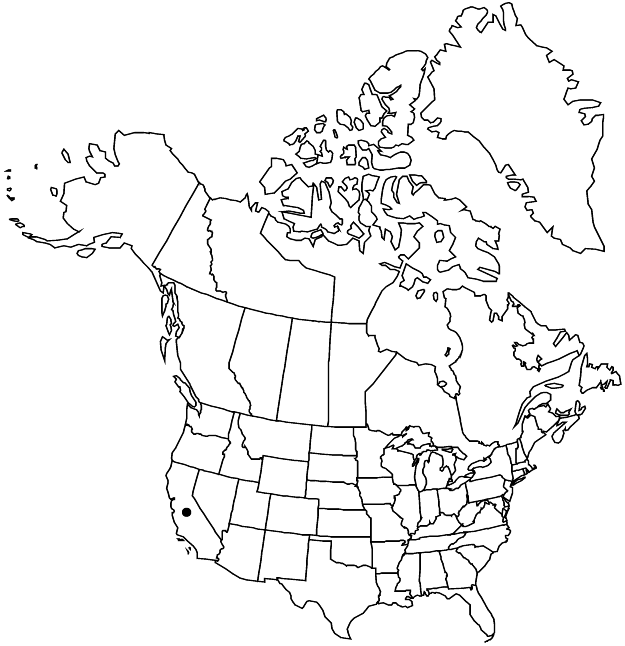Eriogonum umbellatum var. speciosum
Eriogonum, 112. 1936.
Shrubs, spreading to rounded, 5–15 (–20) × 5–20 dm. Aerial flowering-stems erect, 1.5–3 dm, mostly tomentose, without one or more leaflike bracts ca. midlength. Leaves in loose rosettes; blade elliptic to ovate, 1–3 × 0.5–2.5 cm, densely gray-lanate to tomentose abaxially, floccose or glabrous and green adaxially, margins plane. Inflorescences compound-umbellate, branched 2–4 times; branches tomentose, without a whorl of bracts ca. midlength; involucral tubes 4–6 mm, lobes 3–5 mm. Flowers 7–10 (–12) mm; perianth bright-yellow.
Phenology: Flowering Jun–Sep.
Habitat: Serpentine flats and slopes, oak and conifer woodlands
Elevation: 100-800 m
Discussion
Variety speciosum is known only from a few scattered locations in Humboldt and Trinity counties. These large and showy shrubs are worthy of cultivation. In early-flowering material, the flowers can be shorter than noted above.
The name var. speciosum has been widely misapplied to var. dumosum, var. polyanthum, and especially var. ahartii.
Selected References
None.
Lower Taxa
"dm" is not declared as a valid unit of measurement for this property."dm" is not declared as a valid unit of measurement for this property."dm" is not declared as a valid unit of measurement for this property."dm" is not declared as a valid unit of measurement for this property.
